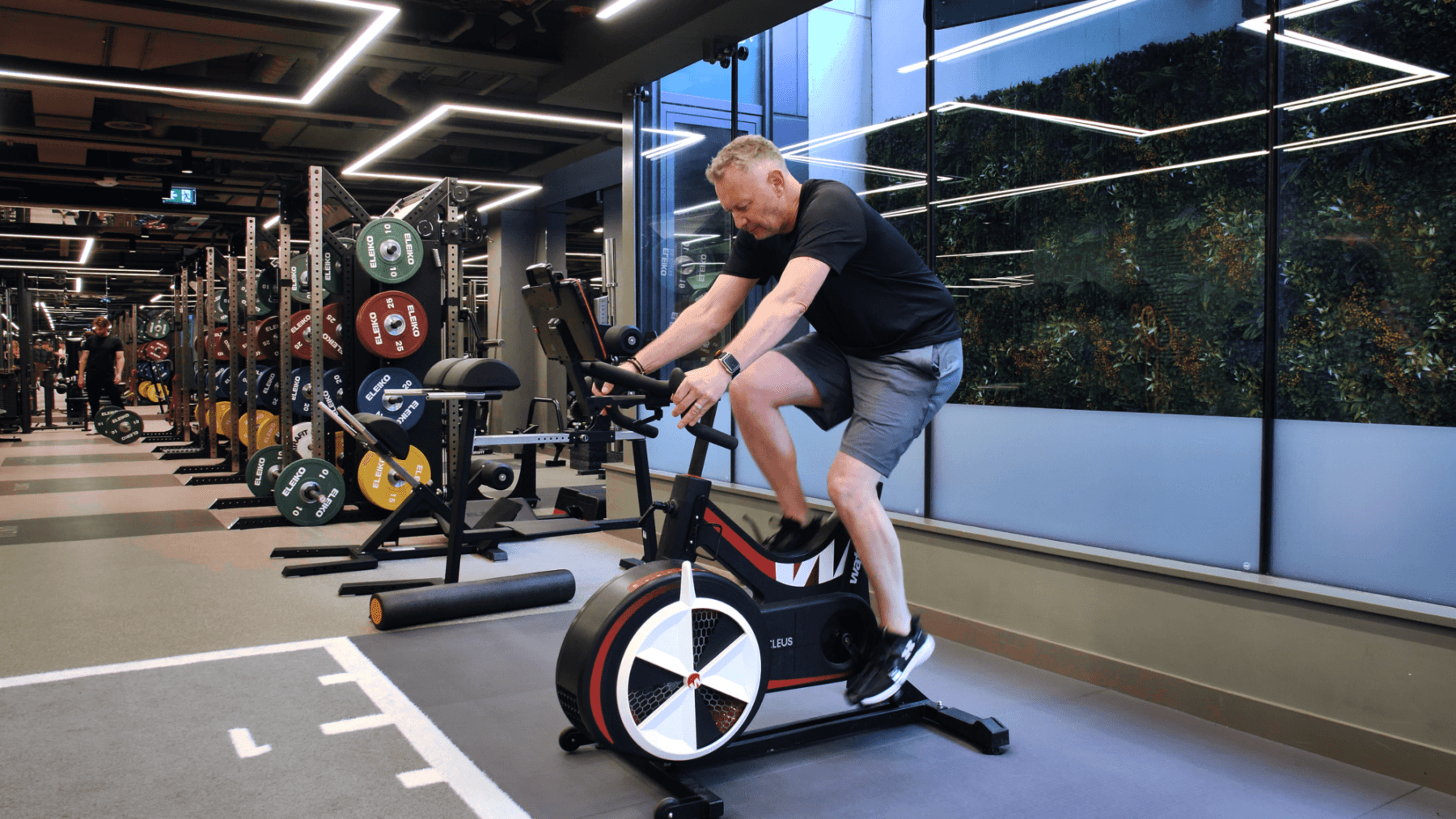Rehab
Arthrosamid Rehab Programme
Managing knee osteoarthritis can be challenging, but we're here to help make the decision easier to support your patients.

Rehab
Managing knee osteoarthritis can be challenging, but we're here to help make the decision easier to support your patients.
